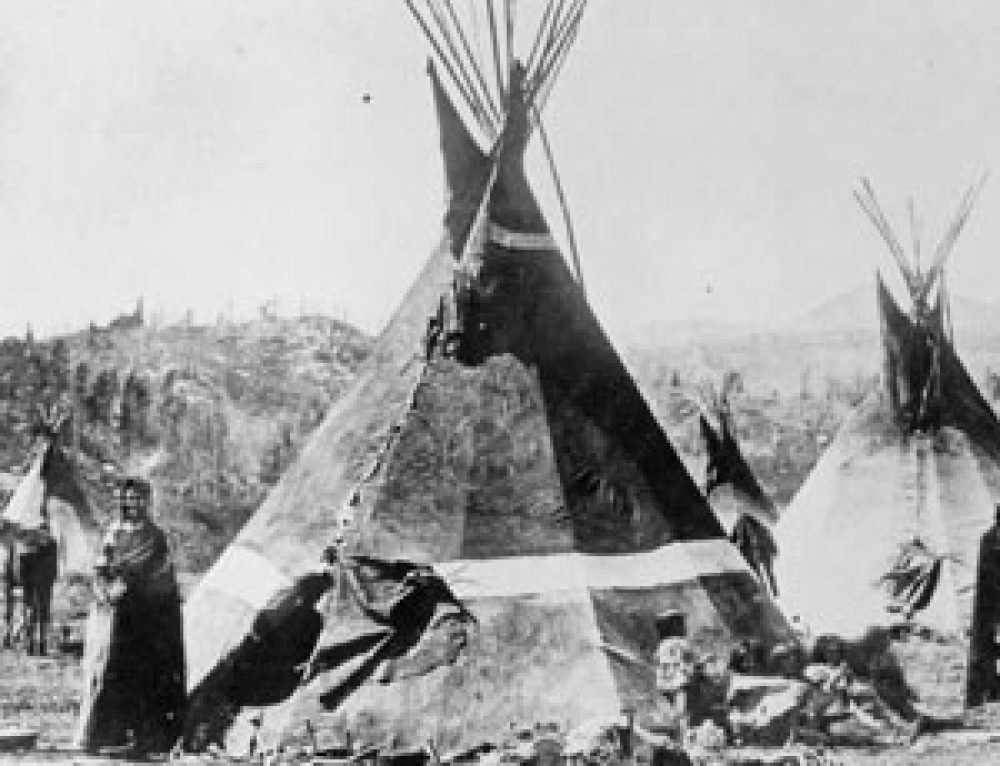

Death Valley Shoshone - see Timbisha Shoshone.Some of the tribes, bands, or groups of Shoshone, with their colonies or reservations, include: They were often referred to as the Snakes. For the most part, they have historically lived in the Great Basin area, and have ranged from Oregon and Idaho on the north to Arizona and southern California on the south, and from Wyoming on the east to northern California on the west. The term or designation of Shoshone Indians is a very broad categorization of several bands and/or federally recognized tribes within the group so named. 1982: Western Shoshone federally recognizedīands, Groups and Subdivisions.1896: April 21, the Shoshone and Arapaho tribes signed an agreement for the sale of the Owl Creek or Big Horn Hot Spring.1878: The Federal Government moved the Northern Arapaho to the Shoshone Reservation.1878: A band - Sheepeaters, including Bannock and Shoshone Indians, were part of an uprising in the Salmon River Mountains of Idaho.1870's Lack of sufficient rations continuing problem at Fort Hall.1860-1870: All Shoshone bands assigned to reservations.1869: Union Pacific and Central Pacific Railroad met at Promontory Point, Utah.1863: July, Treaty at Fort Bridger Gave the tribe land of their own choosing in Colorado, Idaho, Utah.1863: January 29, Bear River Massacre, Campaign lead by Colonel Patrick Conner, 300 soldiers, 224 Indians killed only 22 soldiers killed.1862: Colonel Patrick Conner founded Fort Douglas Salt Lake City.1849: Gold was discovered in California.1847: Mormon Pioneers settled in the Great Salt Lake valley.1841-1869: The Oregon and California Trails both go right through the homeland of the Shoshone and Bannock.1825: First Rocky Mountain rendezvous at Green River in Wyoming.The usage of "Mormon" and "LDS" on this page is approved according to current policy. The Treaties below will provide the names of government officials, agents, and military leaders involved with the Treaty.Indian Agents and Superintendents see the Agency pages and *Superintendancy pages.Significant individuals who interacted with the Tribe Treaties below will provide the names of the Indians who signed the Treaty.Western Groups: Boise, Bruneau and Weiser.Northwestern Bands: Bannock Creek, Cache Valley, Weber Utes, and Bear Lake.Mountain Shoshone Bands : Sheepeaters (Snake) and Lemhi.The Union Pacific and Central Pacific Railroad completed their lines and came together at Promontory Point, Utah in 1869. In 1863 four treaties were ratified, with the Eastern Shoshone, Shoshone-Northwestern Bands, Western Shoshone and the the Shoshone-Goship. Crowheart Butte stands as a monument to his courage, for this is where he fought a hand-to-hand battle with a Crow Chief for hunting rights to the Wind River Valley.Ī military campaign of 300 soldiers led by Colonel Patrick Conner in January of 1863, killed 224 Indians this became known as the Bear River Massacre. He prevented an uprising when the Arapahoes were brought to the Shoshone land. He was always friendly to his non-Indian neighbors and helped protect them from the raids of hostile Sioux and Cheyennes. In the 1840 Washakie was a chief who ruled for 60 years dying in 1900 at the approximate age of 102 years. These trails provided a "highway" for over twenty years serving the forty-niners and silver seekers headed to California, Nevada and the northwest. Problems occurred as the resources of the area were drained by many immigrants going west. Both of these trails cut through the homeland of the Shoshone and Bannock tribes. In 1841 immigrants began moving to the west and northwest by way of the Oregon and California trails.

A prominent Shoshone: Sacajawea joined the Lewis and Clark Expedition-1803-06 The first rendezvous was promoted by Jedediah Smith in 1825. The tribes early contact with non-Indians included the Lewis and Clark Expedition, Jedediah Smith and fur traders and trappers at the Rocky Mountain rendezvous. The Southern Shoshone lived in Nevada, Wyoming and Utah. The Northern Shoshone ranged through southern Idaho, eastern Oregon and northern Nevada. The Eastern Shoshone lived near Grand Teton and Wind River Mountains. At an early point in history the tribe sub divided into:The Eastern Shoshone, Northern Shoshone and the Southern Shoshone. The ancestral homeland of the Shoshone was in the Mountain West. Website Ely Shoshone: įallon Band of Paiute-Shoshone 5 Records Available through the Family History Library.2.2 Significant individuals who interacted with the Tribe.


 0 kommentar(er)
0 kommentar(er)
